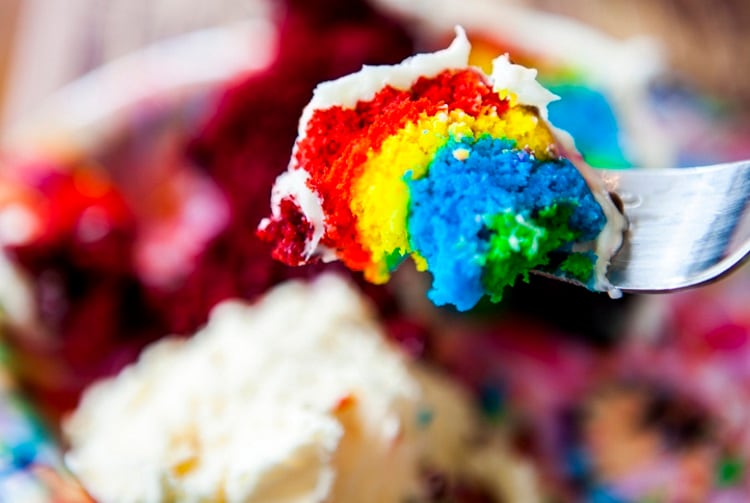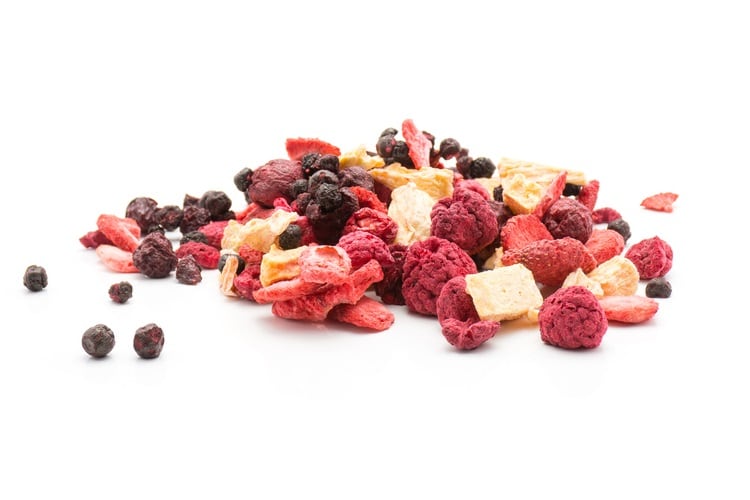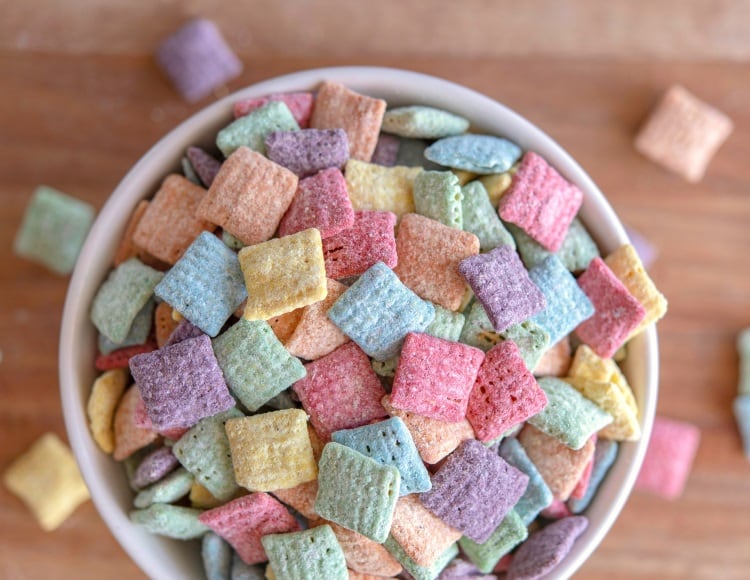Colour has the power to influence perceptions that are not obvious, such as the taste of food; it also plays a role in creating certain emotions.
It’s an essential tool in marketing and branding – for example, red typically evokes desire, excitement and energy, and some research even suggests it whets the appetite and attracts spontaneous purchases. A very rich, dark brown creates a sense of indulgence; green denotes health; and red and yellow, as a combo, can stimulate hunger.
However, colour has varying impact on individuals, depending on age, gender and culture.
Paint the town red

Wouter Stomph, head of Cocoa Product Development and Innovation at olam food ingredients (ofi), told BakeryandSnacks that red remains a firm favourite in baking, highlighting the popularity of the classic red velvet cake.
“That’s why we’ve developed several red cocoa powders, ranging from deep, rich hues to more bright and vibrant shades,” said Stomph.
“We created these to combine intense cocoa flavour with colour experiences that are truly joyful. Whether that’s a bright red cake to celebrate a special occasion or an unexpected zing of colour inside a croissant.”
He added that in baking, red cocoa powders serves two purposes.
Cocoa flavours do not come through as strongly in bakery products as they do in other cocoa-infused foods, mainly because they’re competing with other components like flour, butter and vanilla.
“So, selecting a red cocoa powder gives products a bright, intriguing appearance while also helping the cocoa flavour to shine through the many other ingredients.”
On the other hand, the use of black cocoa power can produce a dessert that is synonymous with luxury and indulgence, while producing a strong, fudgy flavour that delivers a light saltiness to balance out the sweetness.
ofi’s deZaan D11CE (with its strong cocoa and chocolate notes) and deZaan D11R (balanced cocoa flavour and complimentary bitter notes) are great examples of cocoa powders that will help bakers bring emotional experiences to life.
Colours of the rainbow
The trend of ‘conspicuous consumption’ is making colour more important than ever – or in other words, “eating experiences designed for Instagram,” Stomph told this site.
“From ‘freak-shakes’ topped with cake slices to oversized rainbow doughnuts, eye-catching food is a must for social-media-savvy consumers. Bright, vibrant colours – particularly yellow, violet, deep green, and hot pink – are becoming increasingly popular in baking.”
He added the global ingredients specialist is seeing more customisation and experimentation with flavour and colour mashups in the baking industry.
“Some bakery brands are making a splash by mixing classic flavours and formats in new, exciting ways,” said Stomph.
“Think of fun fusion products like Oreo s’mores, chai-spiced apple pie and pumpkin-spice churros. They each combine colour and flavour in distinctive, surprising ways.”
Clean take
However, while a striking colour is every baker’s dream, achieving it is not as easy.
A big challenge is how to create these colourful treats while retaining a clean and natural product positioning.
In the past, this was easily achieved with the addition of artificial colourings and flavours, but today’s consumer is more health-conscious and seek out products with ingredients they know and understand.
So, how do you add colour but keep it natural?
According to Stomph, highly-pigmented spices like turmeric offer a multi-functional solution, adding both a pop of bright colour and a health halo that is attractive to wellness-orientated shoppers.
Dark cocoa powders provide the most intense colour and flavour, but usually have to go through a process of alkalization to change the acidity of the cocoa nib. ofi however, has created deZaan TrueDark, the first-ever natural, non-alkalized dark cocoa powder that offers customers the punch of colour and flavour with a clean label.
“It creates the same rich colour but can be listed on a packet simply as ‘cocoa powder’ rather than ‘cocoa powder processed with alkali’.”
Eat with your eyes
There’s plenty of truth that ‘we eat first with our eyes’ – a maxim that ofi’s innovation teams keeps top of mind when creating new and enticing flavour and colour combinations in collaborating with customers, along with colleagues across the company's spices, nuts and coffee platforms.
“Real creativity in baking comes when you combine different hues, flavours and textures, helping bakers to cook up exciting new creations and also provide a full sensory experience for consumers,” said Stomph.



![‘My [bake has] found its missing piece’: ADM plugs white space with ‘whole palette of white’](https://www.bakeryandsnacks.com/resizer/v2/KD3Q6SCXENIXPGP3C7DGOBP2JI.jpg?auth=f849dbb6ac841a5c0ce9658fe294d7b82a1ac999403dde62b28871df0cd8eaef&smart=true)

